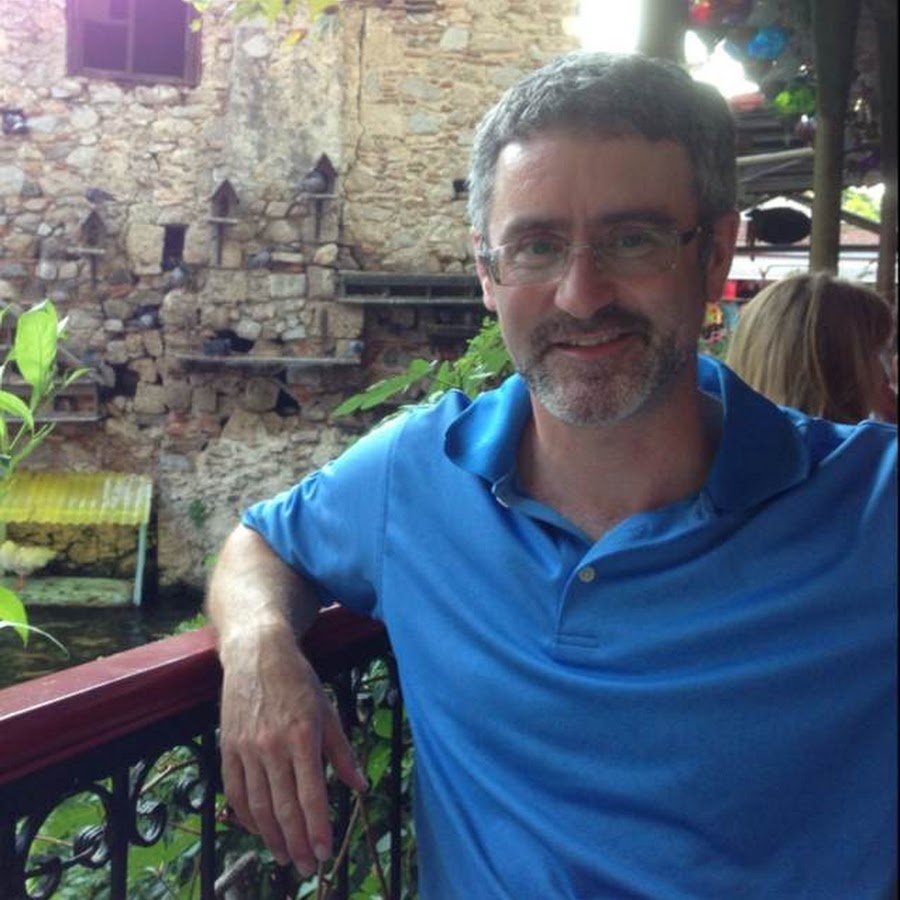Affiliation: DePauw University

Pedar Foss is Professor of Classical Studies with DePauw University, and holds his degrees from the University of Michigan (Ph.D. and M.A.) and Gustavus Adolphus College. His research interests are Pompeii and the Bay of Naples, landscape archaeology and field survey, and Roman architecture and infrastructure. He has done fieldwork with multiple projects in Italy, Turkey, Tunisia and Greece, and current publication projects include Pliny and the Destruction of Vesuvius (forthcoming, Routledge).
It has long been held, on the basis of a letter of Pliny the Younger, that Mt. Vesuvius
erupted on 24 August, AD 79. But after excavators began to work at the sites of
Herculaneum at Pompeii, some scholars expressed doubts, suggesting a date later in the
autumn of that year. Debate has increased with recent paleo-environmental research and
finds from new excavations. Scholars have divided over a topic that might appear
trivial—after all, most archaeological sites never enjoy such a precise date. But it is an
excellent case study for testing our methods of historical and archaeological research.
So I have collated, for the first time, every manuscript and printed edition of Pliny’s
Letters 6.16 and 6.20, which tell the story of the eruption, to track and analyze the literary
tradition of the date through its surviving evidence. I have also compiled the first
reconstruction of the pre-eruption landscape and coastline, and collected all recent
volcanological and archaeological research. As such, I can share a multidisciplinary
reconstruction of what happened over the two terrifying days of the eruption, and answer
the question of when Vesuvius exploded.
Short bibliography and/or website on lecture topic:
– https://quemdixerechaos.com/category/pompeii/pliny/?order=asc
– A.E. Cooley and M.G.L. Cooley, Pompeii and Herculaneum: A Sourcebook (Routledge, 2013)